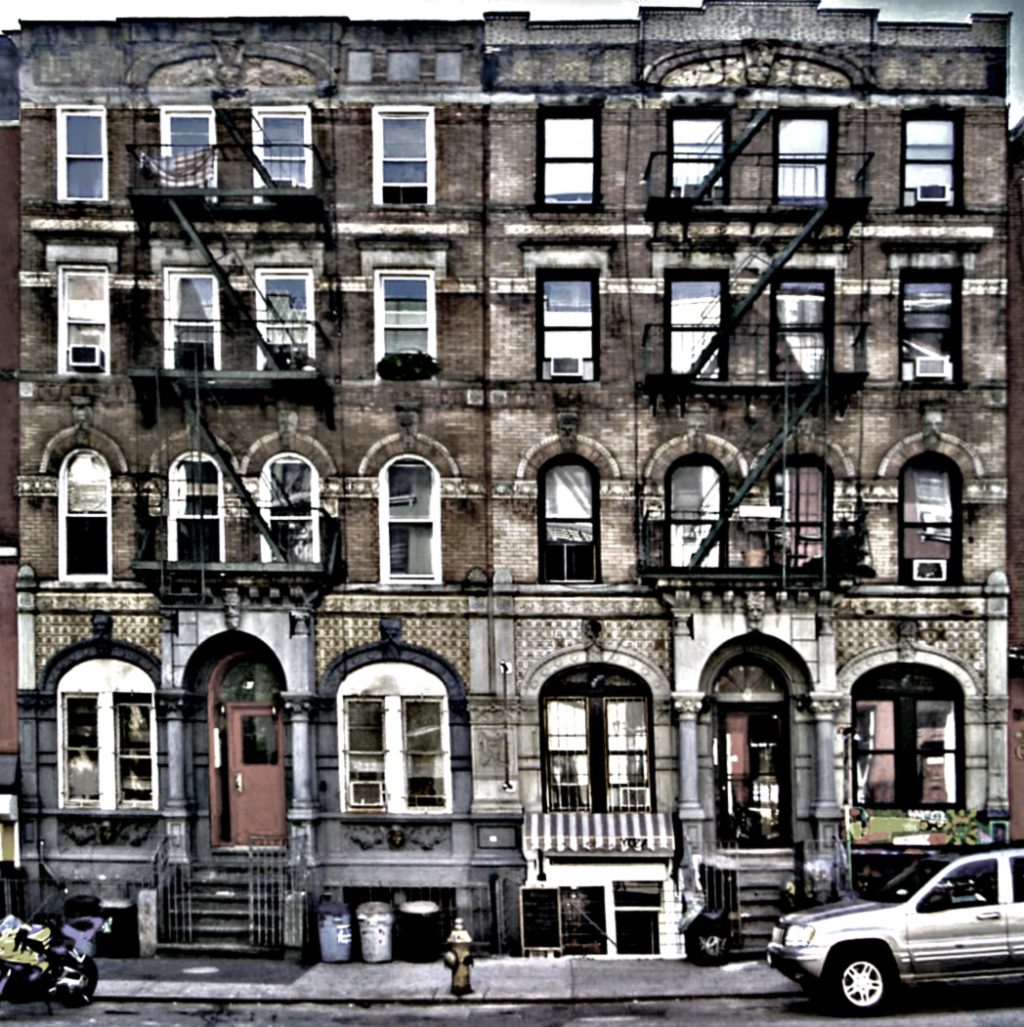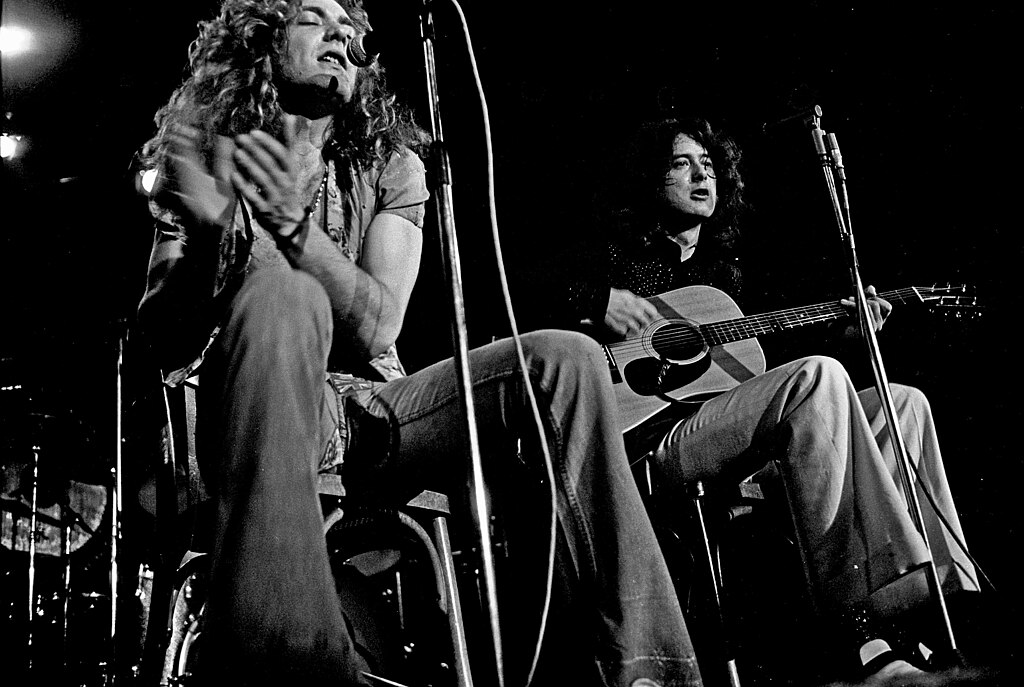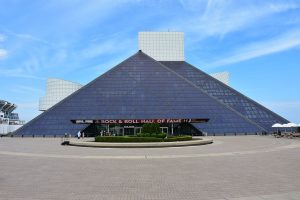Led Zeppelin’s Physical Graffiti Turns 50: A Landmark Album Revisited with New Live Release

In 2025, rock music enthusiasts mark a significant milestone: the 50th anniversary of Led Zeppelin’s ambitious double album Physical Graffiti, originally released on February 24, 1975. The band’s sixth studio effort solidified their status as one of rock’s most influential acts, blending hard rock, blues, folk, and experimental elements across 15 tracks. To commemorate the occasion, Led Zeppelin has announced the release of a new Live E.P. featuring four previously unreleased live recordings on vinyl, CD, and digital formats. Additionally, an updated 50th Anniversary Deluxe Edition of Physical Graffiti will accompany it, offering fans a fresh perspective on this enduring classic. As the band celebrates half a century of this pivotal work, it seems like a good time to revisit its creation, track listing, and the new material honoring its enduring legacy.
The Genesis of Physical Graffiti: From Sessions to Double Album
Physical Graffiti emerged during a transitional period for Led Zeppelin. Following the success of 1973’s Houses of the Holy, the band, consisting of Jimmy Page on guitar, Robert Plant on vocals, John Paul Jones on bass and keyboards, and John Bonham on drums, faced creative pressures. Recording began in November 1973 at Headley Grange, a remote English manor house where they had previously recorded much of Led Zeppelin IV. The sessions were informal, with the band using a mobile studio to capture their ideas in a relaxed environment. However, progress stalled when Jones briefly considered leaving for a choir director position and delaying full commitment until early 1974.
The album’s double format arose organically. Initially planned as a single LP, the band unearthed eight unreleased tracks from prior sessions (1970-1973), including material from Led Zeppelin III and Houses of the Holy eras. Page, the primary producer, decided to blend these with seven new songs, expanding the project to a 15-track opus spanning over 82 minutes. Recording shifted to Ronnie Lane’s Mobile Studio and Olympic Studios in London, where Page layered guitars and effects meticulously. The process involved innovative techniques, such as employing multiple amplifiers for Page’s solos and incorporating Eastern influences in arrangements. Bonham’s thunderous drumming and Plant’s lyrical themes of travel, mythology, and introspection defined the sound. The iconic cover, depicting a New York tenement with interchangeable windows, was designed by Peter Corriston and Mike Doud, adding to the album’s mystique.
Released on the band’s Swan Song label, Physical Graffiti debuted at No. 1 in the UK and US, selling over 16 million copies worldwide. Critics praised its diversity, from heavy riffs to acoustic interludes, though some were more critical and noted its sprawl. The album’s creation reflected Zeppelin’s peak confidence, blending leftovers with fresh material into a cohesive statement.
Breaking Down the Tracks: A Sonic Journey
Physical Graffiti is divided across two discs, showcasing the band’s range.
Disc One opens with “Custard Pie,” a blues-rock stomper driven by Bonham’s groove and Plant’s harmonica, evoking their roots. “The Rover” follows, a riff-heavy track from 1972 sessions, with Page’s layered guitars creating a psychedelic edge. “In My Time of Dying,” an 11-minute epic adapted from a Blind Willie Johnson spiritual, features slide guitar and intense dynamics, highlighting the band’s improvisational prowess. Side two begins with “Houses of the Holy,” a funky outtake from the previous album, noted for its bass line and optimistic lyrics. “Trampled Under Foot” channels Stevie Wonder with clavinet-driven funk, became a live staple. The disc closes with “Kashmir,” arguably the album’s crown jewel—an orchestral rock symphony inspired by Plant’s Moroccan travels, blending Eastern scales with Bonham’s relentless beat. In this particular case, my argument is that “Kashmir” is indeed the album’s crown jewel and is also one of my favorite Led Zeppelin tracks of all time.

Disc Two shifts gears with “In the Light,” a progressive piece building from synthesizer drones to triumphant riffs. “Bron-Yr-Aur,” a brief acoustic instrumental from 1970, offers respite. “Down by the Seaside” mixes folk and rockabilly, while “Ten Years Gone” delivers emotional depth with Page’s guitar orchestra. “Night Flight” is a concise pop-rock track, followed by the bluesy “The Wanton Song.” “Boogie with Stu,” a rollicking jam with Ian Stewart on piano, nods to Ritchie Valens. “Black Country Woman,” recorded outdoors, captures raw energy. The album culminates in “Sick Again,” a hard-hitting closer about groupie culture.
These tracks, clocking in at varying lengths, demonstrate Zeppelin’s mastery, from concise hooks to extended jams, influencing generations of rock musicians.
Honoring the Anniversary: New Live E.P. and Deluxe Edition
For the 50th anniversary, Led Zeppelin releases a four-track Live E.P. on September 12, 2025, compiling unreleased performances from 1975 concerts. The EP includes “In My Time of Dying” and “Trampled Under Foot” from London’s Earls Court on May 24, 1975; “Sick Again” from Landover, Maryland’s Capital Centre on May 26, 1975; and “Kashmir” from Montreal’s Forum on February 6, 1975. These tracks, mastered by John Davis, showcase the band’s live intensity during the Physical Graffiti tour, with extended improvisations and raw energy. Available on 180-gram vinyl, CD, and digital, the EP marks the first time these recordings appear in these formats.
Accompanying it is an updated Deluxe Edition of Physical Graffiti on three LPs, including the original album plus a bonus disc of alternate mixes and outtakes from the 2015 reissue. This package, also out September 12, appeals to collectors with enhanced audio fidelity. The releases coincide with fan events and streaming specials, reigniting interest in Zeppelin’s catalog.
Legacy and Reflection
Physical Graffiti remains a cornerstone of rock, its ambition and diversity inspiring artists from Foo Fighters to Greta Van Fleet. At 50, it endures as a testament to Led Zeppelin’s innovation, blending genres in ways that still resonate. The new Live E.P. and Deluxe Edition not only celebrate this but bridge the band’s studio mastery with their legendary stage presence, ensuring the graffiti remains indelible.




